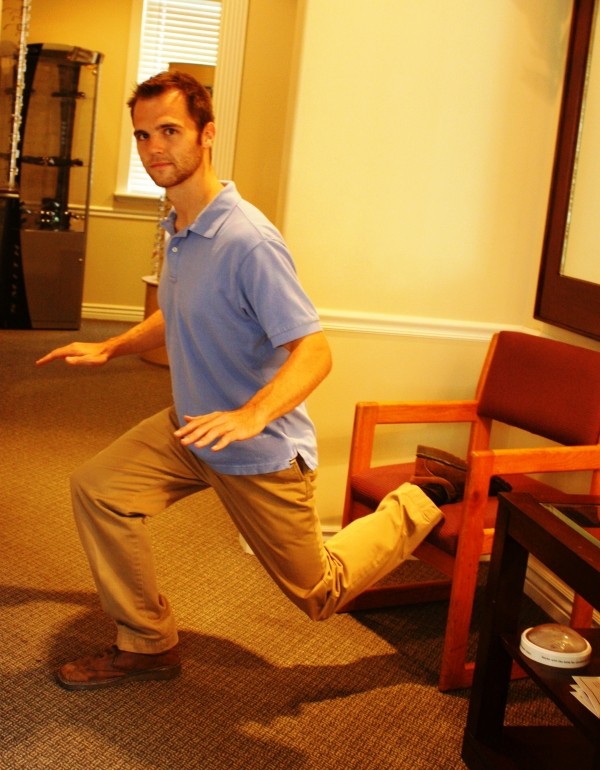
- Wina Sturgeon
Just thinking of the lifts starting up again brings relief from the oppressive heat of summer 2012. But dreams of riding the snow need to be matched by physically preparing your body to do it.
On average, it takes about 3 1/2 months to transform a less-active summer body into a lean, mean snowriding machine. That means that if you start working out now for the season, you’ll be ready by December, when (hopefully) the mountains are white and waiting.
One of the best ways to learn how to train is from a ski racer—even if you have no plans to ever run gates, and even if you’re a beginner. Racer-type training prepares your body to be capable of making turns down the slopes. You need that strength especially if you’re a novice, because beginners fall a lot, and you need to be able to get back up by yourself instead of having to depend on someone to pull you upright.
Megan McJames of Park City is one of the best ski racers in America, and a good example of someone trying to handle an everyday life while preparing for the season. She was a 2010 Olympian and a six-year member of the U.S. ski team but was cut last season, along with other qualified athletes, when the team’s finances took a downturn. However, she won the overall giant slalom title in last season’s NorAm (North American Cup), and was awarded a World Cup berth in giant slalom. Now, Megan is juggling a full-time schedule at Westminster College while fundraising for her considerable competition expenses and training for the grueling World Cup—without any help from the U.S. ski team.
“I believe the reason I’m a good ski racer is because I love to be in the mountains,” McJames says. “So, in the summer, I like to do a lot of mountain biking, trail running and hiking for my cardio.”
Many skiers forget that the sport uses a lot of lung power, so cardio is as an important part of conditioning as strength training. For strength, McJames says the core is as important as the legs. “In the gym, the exercise I do that most incorporates the core and legs is simple back squats, as long as you have a healthy back,” she says.
“The other area I try to train is plyometrics (quick leaping/jumping) and agility. It works really well to do a type of circuit, a lot of speed ladder, vertical jumping, lateral jumping. A jump rope is also good.”
As for reps, Megan advises doing each station of the circuit for the length of a ski run, which is about a minute or a minute and a half. “Then you put out the same effort you would in making turns, which is pretty plyometric as well,” she explains.
However, you can’t just jump into the gym and start lifting weights, especially if you’ve been taking it physically easy for the past few months. To prevent the damage of microtrauma to joints and connective tissue (tendons and ligaments), you have to train to train. Your body must be re-conditioned to lifting weights. You may not even notice microtrauma, the subtle injuries that come from pushing your body too far or too quickly, but they can weaken tissue to the point where it becomes a setup for future problems from overuse.
If you haven’t been working out regularly, start by doing a higher number of reps with lighter weights. Twenty reps of a lightweight exercise is a good start. As your strength increases, you can do fewer reps and use more weight.
But always be aware of proper lifting technique. Correct form balances the weight on your skeleton so that you won’t damage your spine or joints. Ask a gym trainer or do an online search even for something as simple as a biceps curl.
If you can’t use proper technique as you lift, you’re probably using too much weight. Try using less resistance. If the right form then becomes easy, stay with the lower weight and work up to heavier lifts.
This advice isn’t only for skiers. Snowboarders, it will work for you as well.